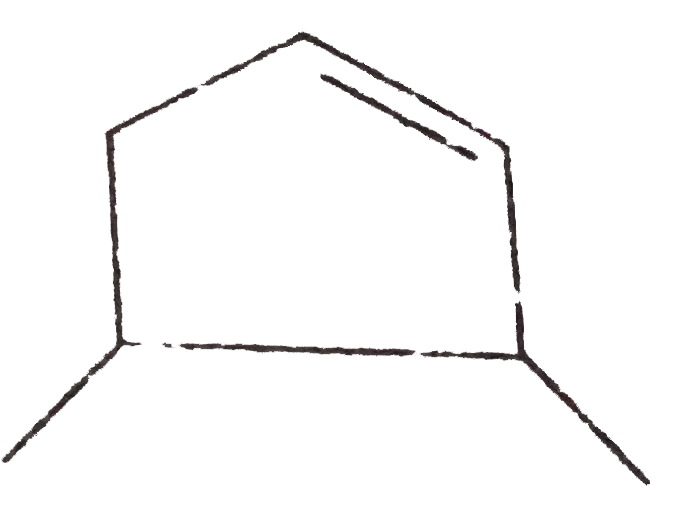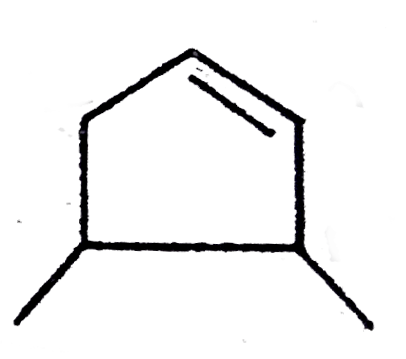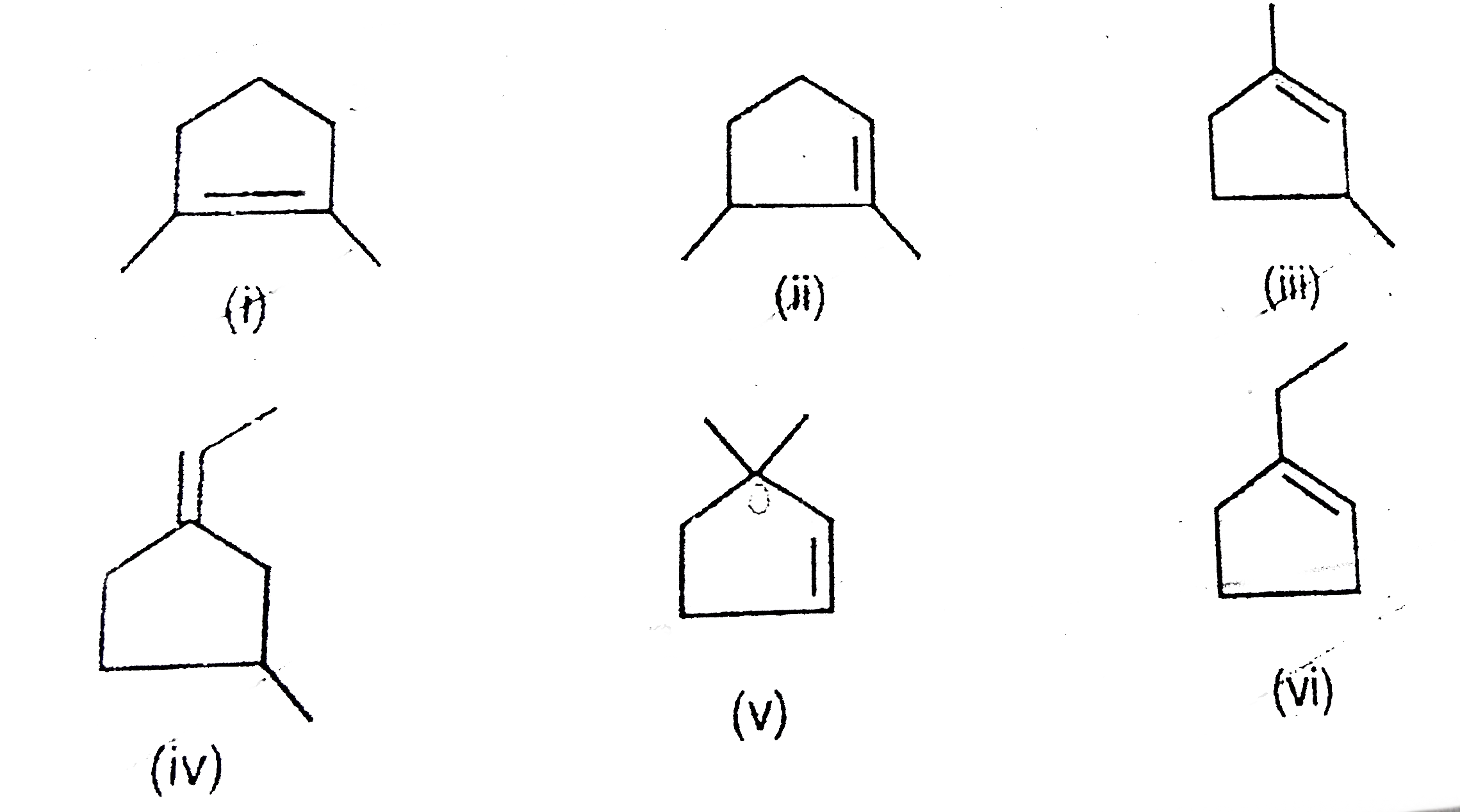Kingdom protista includes how many from the followings?
Dinoflagellates, Deuteromycetes, Protozoans, Phycomycetes, Euglenoids, Lichen, Archaebacteria, Ascomycetes, Chrysophytes.
Three
Six
Four
Five
The correct Answer is:D
To determine how many of the listed organisms belong to the Kingdom Protista, we will analyze each option one by one.
1. Dinoflagellates: These are unicellular organisms that are part of the Kingdom Protista. They are known for their two flagella and are often found in marine environments.
2. Deuteromycetes: This group, also known as "imperfect fungi," does not belong to the Kingdom Protista. Instead, they are classified under the Kingdom Fungi.
3. Protozoans: These are also unicellular eukaryotic organisms and are included in the Kingdom Protista. Examples include amoeba and paramecium.
4. Phycomycetes: This group refers to a type of fungi, specifically algal fungi, and is not included in the Kingdom Protista. They belong to the Kingdom Fungi.
5. Euglenoids: These are unicellular organisms that have characteristics of both plants and animals. They belong to the Kingdom Protista.
6. Lichen: Lichens are symbiotic associations between fungi and algae (or cyanobacteria) and are not classified under the Kingdom Protista. They are considered a composite organism.
7. Archaebacteria: These are prokaryotic microorganisms and belong to the Kingdom Monera, not Protista.
8. Ascomycetes: This is a group of fungi known as sac fungi and is classified under the Kingdom Fungi, not Protista.
9. Chrysophytes: These are also known as golden algae and are included in the Kingdom Protista.
Now, let's summarize the findings:
- Included in Protista:
- Dinoflagellates
- Protozoans
- Euglenoids
- Chrysophytes
- Not included in Protista:
- Deuteromycetes (Fungi)
- Phycomycetes (Fungi)
- Lichen (Symbiotic association)
- Archaebacteria (Monera)
- Ascomycetes (Fungi)
From the analysis, we find that four of the listed organisms belong to the Kingdom Protista.
Final Answer: 4
---
- Dinoflagellates
- Protozoans
- Euglenoids
- Chrysophytes
- Deuteromycetes (Fungi)
- Phycomycetes (Fungi)
- Lichen (Symbiotic association)
- Archaebacteria (Monera)
- Ascomycetes (Fungi)
Similar Questions
Knowledge Check
- Question 1 - Select One
Three domains of life include how many kingdoms ?
A3B4C5D6 - Question 2 - Select One
Which of the following statement/s is/are not the characteristic feature of kingdom Protista?
(a) They include chrysophytes, dinoflagellates, euglenoids, slime molds, and protozoans
(b) Chief producers in the ocean are diatoms.
(c) Toxins are released by some of the members of this kingdom.
(d) They are either unicellular or multicellular.Aa and cBb and dCb and cDOnly d - Question 3 - Select One
Domain Eukarya includes how many kingdoms (w.r.t. six kingdom system)?
A2B3C1D4
How many alkenes, from following are more stable than

 View Solution
View SolutionKingdom protista-general features | | Classification | | Chrysophytes | | DinOFlagellate
View SolutionIn which kingdom, chrysohytes, Dinoflagellates, Euglenoids, Slime moulds and Protozoans are included?
View SolutionHow many frem the following belong to deuteromycetes?
Albugo, Puccinia, Colletotrichum, Ustilago, Aspergillus, Saccharomyces, Rhizopus, Alternaria, Neurospora, AgaricusView SolutionHow many of the following features are common in dinoflagellates ?
Cell wall, mesokaryon, flagella, pusule, silica, paraflagellar body, swarm cells, trichocystsView Solution




